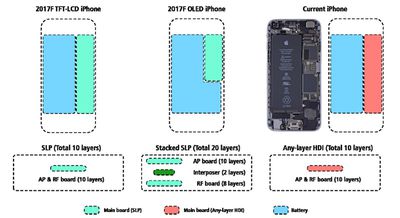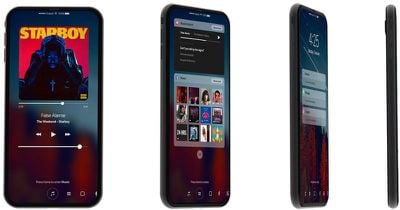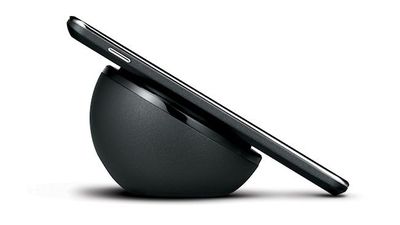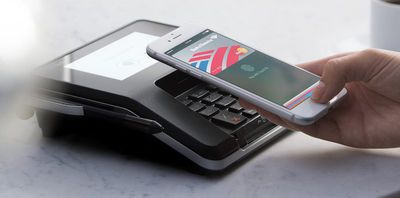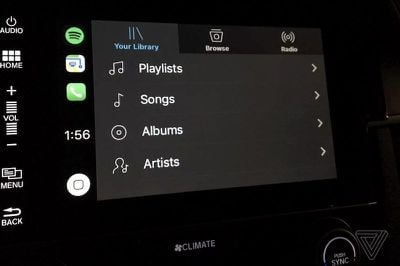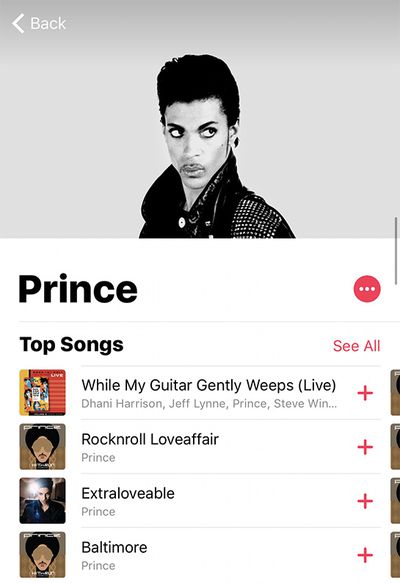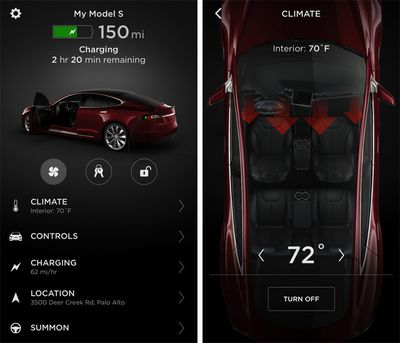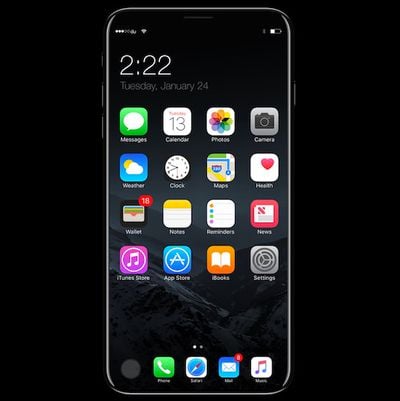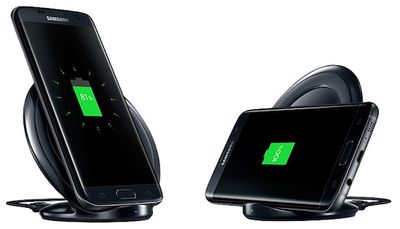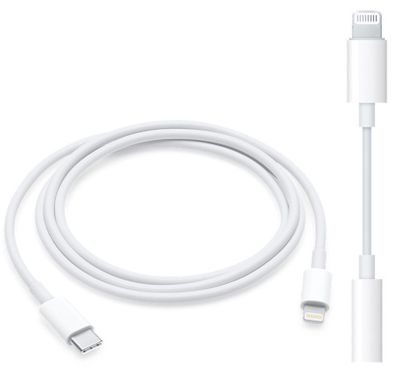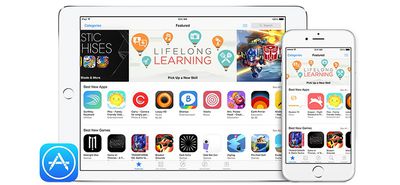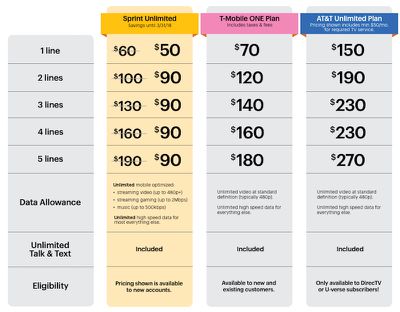Target currently has "no plans" to support Apple Pay in its stores, a company spokesperson confirmed to MacRumors today.

Regarding a since-deleted AskTarget tweet that said Apple Pay was "awesome" and suggested support was forthcoming, the U.S. retail giant said "the information shared with this guest was incorrect."
We have no plans or work underway currently to make Apple Pay available in our stores.
We continue to offer Apple Pay for online purchases in the Target app. And while we are exploring mobile wallet opportunities for our stores, we have no updates on our plans to share at this time.
Target has been one of the most notable Apple Pay holdouts since the iPhone-based payments service launched in October 2014.
In May 2015, Target CEO Brian Cornell said the retailer would be "open-minded" about supporting additional payment systems like Apple Pay after implementing chip-and-PIN card support. Target began supporting chip-and-PIN cards in October 2015, but it has yet to accept Apple Pay in its stores.
Last month, Target confirmed it plans to launch its own mobile payment service in its stores this year. An earlier report said the retailer was leaning towards using QR code technology for the wallet app, rather than NFC, enabling customers to purchase goods by scanning a code at checkout akin to Walmart Pay.
Target was a founding member of the Merchant Customer Exchange (MCX), a consortium of retailers that planned to launch the indefinitely-postponed payments platform CurrentC. A number of MCX members have since reversed course and began to accept Apple Pay, including Best Buy and pharmacy chain Rite-Aid.
Target does support Apple Pay in its shopping app for in-app payments.


